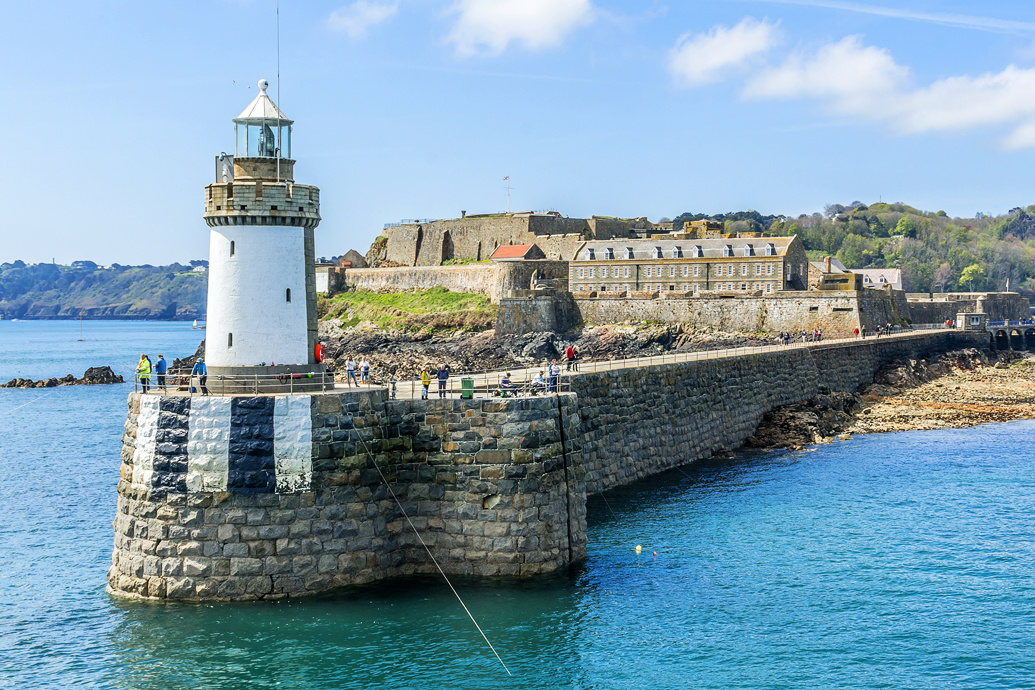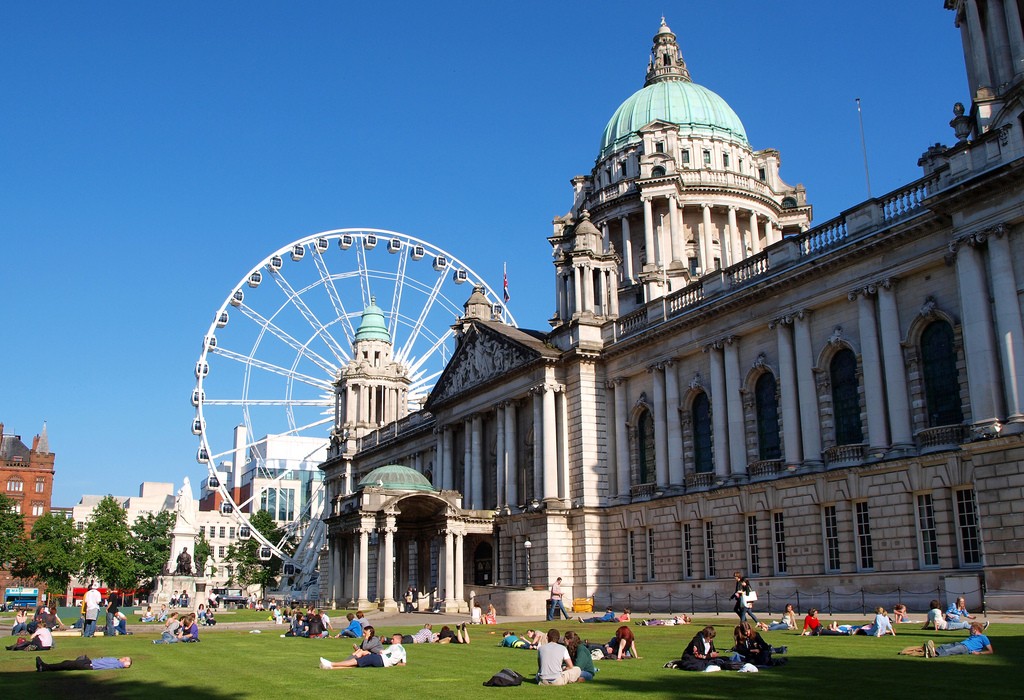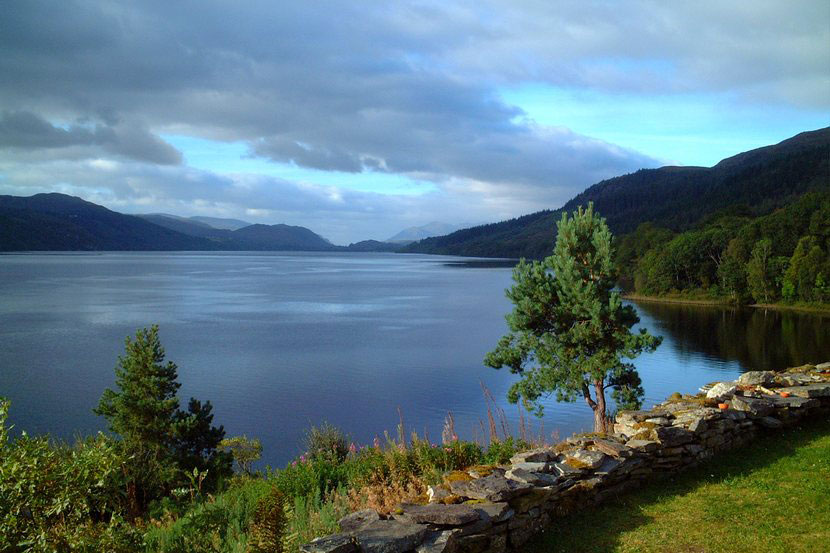

| Cruise Region : Mediterranean Sea |
| Company Category : Premium |
| Company name : Princess Cruises |
| Ship name : Crown Princess |
| Journey Start Date : Thu 29 Aug 2019 |
| Journey End Date : Tue 10 Sep 2019 |
| Port start : London / Great Britain |
| Port end : London / Great Britain |
| Count Nights : 12 nights |
| Day | Port | Date | Arrival | Departure |
|---|---|---|---|---|
| 1 | London / Great Britain | Thu 29 Aug | 17:00 | |
| 2 | Guernsey / Great Britain | Fri 30 Aug | 06:00 | 16:00 |
| 3 | Cove (Cork) / Ireland | Sat 31 Aug | 09:00 | 18:00 |
| 4 | Dublin / Ireland | Sun 01 Sep | 11:00 | |
| 5 | Dublin / Ireland | Mon 02 Sep | 22:00 | |
| 6 | Belfast / Great Britain | Tue 03 Sep | 08:00 | 21:00 |
| 7 | Glasgow / Great Britain | Wed 04 Sep | 07:00 | 18:00 |
| 8 | Day at sea / Sea | Thu 05 Sep | ||
| 9 | Loch Ness / Great Britain | Fri 06 Sep | 08:00 | 18:00 |
| 10 | Edinburgh / Great Britain | Sat 07 Sep | 07:00 | 19:00 |
| 11 | Day at sea / Sea | Sun 08 Sep | ||
| 12 | Paris / France | Mon 09 Sep | 07:00 | 20:00 |
| 13 | London / Great Britain | Tue 10 Sep | 05:00 |
| Build Year : 2006 |
| Width : 36.00 |
| Length : 290.00 |
| Speed : 22.00 |
| Capacity : 3114 |
| Deck Quantity : 15 |
| Cabin Quantity : 1557 |
| Restaurant Quantity : 6 |
| Lift Quantity : 14 |
| Balancer : Yes |


Guernsey is an island in the English Channel off the coast of Normandy. It lies roughly north of Saint-Malo and to the west of Jersey and the Cotentin Peninsula. With several smaller nearby islands, it forms a jurisdiction within the Bailiwick of Guernsey, a British Crown dependency. The jurisdiction is made up of ten parishes on the island of Guernsey, three other inhabited islands (Herm, Jethou and Lihou), and many small islets and rocks.

Cork is a city in south-west Ireland, in the province of Munster, which had a population of 125,657 in 2016.
The city is on the River Lee which splits into two channels at the western end and divides the city centre into islands. They reconverge at the eastern end where the quays and docks along the river banks lead outwards towards Lough Mahon and Cork Harbour, one of the largest natural harbours in the world.
Expanded by Viking invaders around 915, the city's charter was granted by Prince John, as Lord of Ireland, in 1185. Cork city was once fully walled, and the remnants of the old medieval town centre can be found around South and North Main streets.
The third largest city on the island of Ireland, the city's cognomen of "the rebel city" originates in its support for the Yorkist cause in the Wars of the Roses. Corkonians often refer to the city as "the real capital", a reference to its opposition to the Anglo-Irish Treaty in the Irish Civil War.

Dublin is the capital of, and largest city in, Ireland. It is on the east coast of Ireland, in the province of Leinster, at the mouth of the River Liffey, and is bordered on the south by the Wicklow mountains. It has an urban area population of 1,173,179, while the population of the Dublin Region (formerly County Dublin), as of 2016, was 1,347,359, and the population of the Greater Dublin area was 1,904,806.
There is archaeological debate regarding precisely where Dublin was established by Celtic-speaking people in the 7th century AD. Later expanded as a Viking settlement, the Kingdom of Dublin, the city became Ireland's principal settlement following the Norman invasion. The city expanded rapidly from the 17th century and was briefly the second largest city in the British Empire before the Acts of Union in 1800. Following the partition of Ireland in 1922, Dublin became the capital of the Irish Free State, later renamed Ireland.
Dublin is a historical and contemporary centre for education, the arts, administration and industry. As of 2018 the city was listed by the Globalization and World Cities Research Network (GaWC) as a global city, with a ranking of "Alpha -", which places it amongst the top thirty cities in the world.

Dublin is the capital of, and largest city in, Ireland. It is on the east coast of Ireland, in the province of Leinster, at the mouth of the River Liffey, and is bordered on the south by the Wicklow mountains. It has an urban area population of 1,173,179, while the population of the Dublin Region (formerly County Dublin), as of 2016, was 1,347,359, and the population of the Greater Dublin area was 1,904,806.
There is archaeological debate regarding precisely where Dublin was established by Celtic-speaking people in the 7th century AD. Later expanded as a Viking settlement, the Kingdom of Dublin, the city became Ireland's principal settlement following the Norman invasion. The city expanded rapidly from the 17th century and was briefly the second largest city in the British Empire before the Acts of Union in 1800. Following the partition of Ireland in 1922, Dublin became the capital of the Irish Free State, later renamed Ireland.
Dublin is a historical and contemporary centre for education, the arts, administration and industry. As of 2018 the city was listed by the Globalization and World Cities Research Network (GaWC) as a global city, with a ranking of "Alpha -", which places it amongst the top thirty cities in the world.

Belfast is a port city in the United Kingdom and the capital city of Northern Ireland, on the banks of the River Lagan on the east coast of Ireland. It is the largest city in Northern Ireland and second largest on the island of Ireland. It had a population of 333,871 in 2015.
By the early 1800s Belfast was a major port. It played a key role in the Industrial Revolution, becoming the biggest linen producer in the world, earning it the nickname "Linenopolis". By the time it was granted city status in 1888, it was a major centre of Irish linen production, tobacco-processing and rope-making. Shipbuilding was also a key industry; the Harland and Wolff shipyard, where the RMS Titanic was built, was the world's biggest shipyard. It also has a major aerospace and missiles industry. Industrialisation and the inward migration it brought made Belfast Ireland's biggest city and it became the capital of Northern Ireland following the Partition of Ireland in 1922. Its status as a global industrial centre ended in the decades after the Second World War.
Belfast suffered greatly in the Troubles, and in the 1970s and 1980s was one of the world's most dangerous cities. However, the city is now considered to be one of the safest within the United Kingdom. Throughout the 21st century, the city has seen a sustained period of calm, free from the intense political violence of former years and has benefitted from substantial economic and commercial growth. Belfast remains a centre for industry, as well as the arts, higher education, business, and law, and is the economic engine of Northern Ireland. Belfast is still a major port, with commercial and industrial docks dominating the Belfast Lough shoreline, including the Harland and Wolff shipyard. It is served by two airports: George Best Belfast City Airport, and Belfast International Airport 15 miles (24 km) west of the city. It is listed by the Globalization and World Cities Research Network (GaWC) as a Gamma global city.

Исконно шотландский город Глазго, расположен всего в 50 км от Эдинбурга. Это достаточно оживленный город с множеством интересных мест. В центре города Вас порадует множество достопримечательностей, в том числе район Сочиххол Сэнт, в котором сосредоточено много магазинов, пабов и кафе.
Восточнее расположена старая часть города, в которой можно полюбоваться Собором Глазго, посетить Музей религии и искусства Сент Мунго.
В парке Кантри расположена коллекция Баррелл — главная достопримечательность Глазго, здесь представлен китайский фарфор, антикварная мебель, импрессионистические картины. Вся эта роскошь расположена под крышей одного современного здания.





the capital of France, on the Seine River; population 2,203,817 (2006). Paris was held by the Romans, who called it Lutetia, and by the Franks, and was established as the capital in 987 under Hugh Capet. It was organized into three parts—the Île de la Cité (an island in the Seine), the Right Bank, and the Left Bank—during the reign of Philippe-Auguste 1180–1223. The city's neoclassical architecture dates from the modernization of the Napoleonic era, which continued under Napoleon III, when the bridges and boulevards of the modern city were built.
